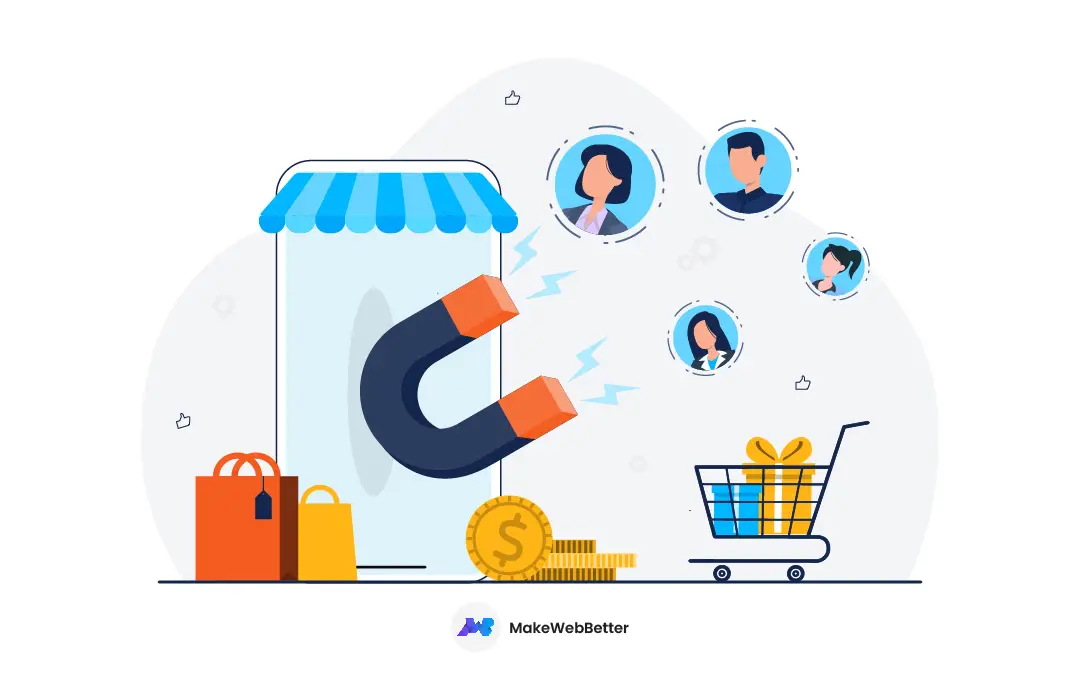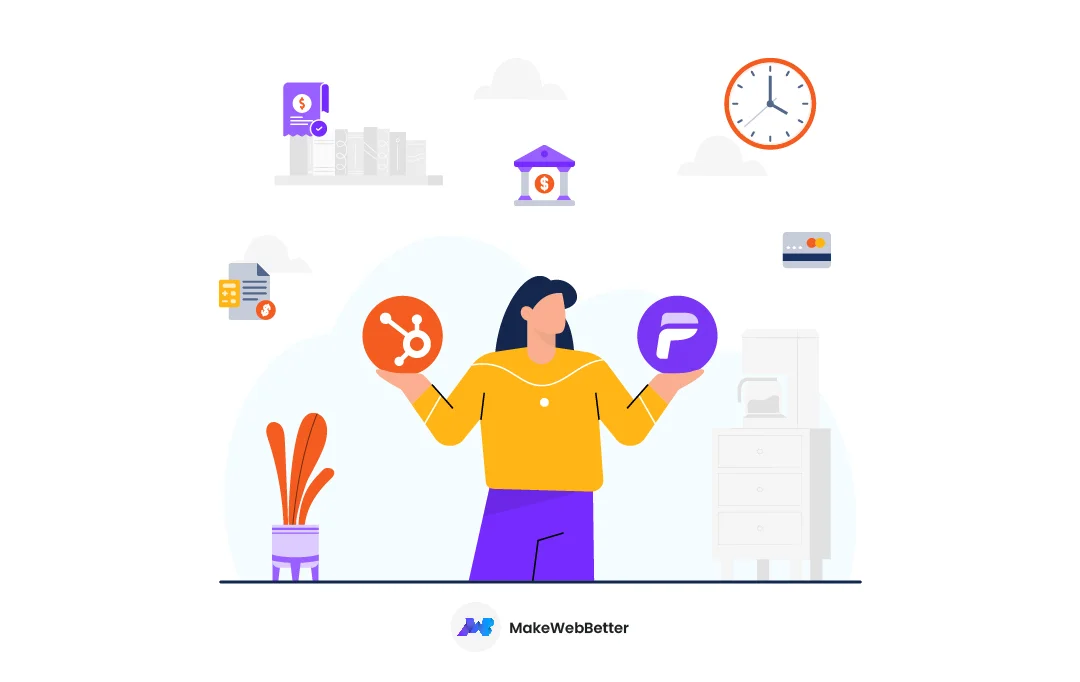Customer retention is vital to any business. However, retaining your existing customers can be challenging, leaving you to sink more money into new customer acquisition, not to grow your brand, but to replace those who have left.
Thankfully, there are many tools we can use to help enrich the customer experience and stave off customer churn. Chief among them is a Customer Relationship Management (CRM) platform.
In this article, we’ll share several ways to use a CRM tool to bond your sales and customer service teams for enhanced retention and mutually beneficial results.
Why do Customers Churn?
There are many reasons why once loyal customers might churn. Most of them are entirely avoidable. A lot boils down to communication and attention.
Customers want to feel seen and heard, and if they’re not getting that respect from one business, they’ll go find another.
This would be reflected in your customer churn rate, which can be calculated with the following formula.
One of the first reasons why customers churn is poor customer service. A whopping 58% of American consumers will abandon a business after just one negative customer service interaction.
Then you have a lack of personalization. Customers want to feel like you’re marketing directly to them, and if they feel like they’re getting copy/pasted emails and form responses, they’re likely to abandon the ship.
Some other causes of customer churn include:
- Communication barriers between your company and consumers
- Whether the product is a poor fit for the customer
- A poor onboarding experience
What Features Should You Look for in a CRM?
A CRM platform can help you stop churn and keep your loyal customers coming back for more. But there are many CRM platforms, and not all are created equal.
When shopping for a CRM, here are a few specific features to watch out for:
- Sales, Marketing, and customer service integrations
- Data collection and reporting features
- Process automation features
- Logging features that allow you to track correspondence with prospects
- An organized dashboard that lays out all of your sales data in one central location
- Push notifications to remind you of critical outreach duties
- Customer journey tracking
- Lead scoring
CRM Techniques & Strategies for Customer Retention
Create a Comprehensive View of the Customer Journey
A CRM should be able to help you determine exactly how customers interact with your brand and the steps they take from initial awareness to their ultimate conversion, loyalty, and continued advocacy.
The customer’s trip through the buyer’s journey depends on their lead score.
CRM tools can be used for lead scoring. Analyzing the propensity of each to make a purchase plays a major role in customer retention. For example, the HubSpot Lead Scoring tool helps companies deal with a number of challenges.
Any CRM worth its salt will allow you to score leads based on their likelihood of signing. As the customer continues through the journey, their lead score changes, going either up or down depending on their interest level. Through the CRM platform you choose, you should have a clear and comprehensive view of the customer journey. That way, if you notice people starting to drop off or churning after their purchase, it’s easier to isolate why that’s happening and make customer journey improvements based on hard data.
Provide Targeted and Personalized Offers to Customers
As we briefly mentioned before, customers want to have a personalized experience. But what do we mean by this?
Take banks like Chase & MOS, for example. They offer $100 cashback for students who open a student bank account with them and meet a few qualifying activities. When those activities are met, the customer moves to a new stage of the buyer’s journey, and you can communicate with them based on where they are in their personal trip toward conversion.
A CRM tool’s ability to manage customers and reach out to quality leads can also help with personalization. There are even CRMs specifically designed for specific industries, helping you personalize the experience for your prospects. For example, if you’re a realtor, using a Real Estate CRM would be the smart way to go. These systems would have options specific to the real estate industry and are set up to manage and track the home-buying customer journey.
A quality CRM tool will allow you to segment your different types of customers into categories, allowing you to make different email strategies for different customer profiles. To have an efficient campaign with a higher opening rate, you must have email subject lines personalized to those segments. It’s even a good idea to include the prospective customer’s name.
These emails should be free of any unnecessary distractions. Make sure your photo signature is clean, and use a background remover to erase any unneeded photo elements for a more polished and professional look.
Improve Customer and Internal Communication
Miscommunication within your company can be a huge turnoff for your customers that could lead to churn. Suppose your marketing team, sales team, and account managers cannot communicate effectively. In that case, you’ll frustrate the customer, forcing them to repeat information or calling them with irrelevant or repeat offers.
Thankfully, with a CRM, you can know who handles each account or how many resources have been assigned to a customer. It breaks down silos between departments and enables the entire company to work with the same information, updated in real-time.
A CRM can also help you communicate with customers and will even assist in reallocating resources depending on their needs. This can be especially helpful for retention.
For example, HelloRache is a company that provides virtual administrative assistants services. By using a CRM tool, it can analyze the service it provides and monitor the time and resources given to each customer. This allows HelloRache to allocate resources and make adjustments accordingly.
If there are more resources available, the company can let the customer know and try to up-sell them. Or, if there’s an option to scale back, they could also communicate this. While that would lower the customer’s bill, it will gain their loyalty, in the long run, ensuring years of billing to come. But without a CRM in place, these opportunities.
Conclusion
Customer retention will always be the key to having a successful and profitable business in the long run.
If you can’t attend to customer needs and provide adequate support, you’ll soon find it difficult to maintain a steady stream of repeat customers. With that said, CRM platforms can be an incredibly effective way to empower your sales team and customer service staff, fostering better internal communication and encouraging happy customers to come back for more.











